Silent Era of the Silver Screen


Lillian Gish
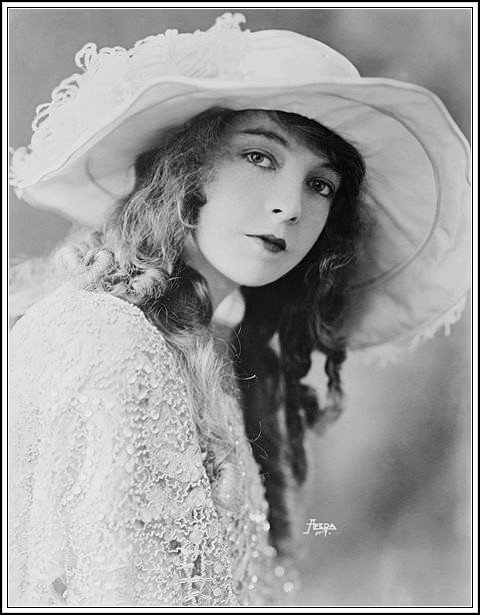
The Frenchman Louis Lumiere and his brother Auguste are generally given credit for inventing the motion picture camera in 1895. True, other inventors had built motion picture cameras before him, such as Thomas Alva Edison, but their cameras were bulky and hard to handle. So naturally, when Lumiere introduced his portable cinematograph, which effectively functioned as camera, projector and printer all in one, film makers preferred it.
Their work consisted mainly of scenes of everyday life. Ironically, the Lumiere Brothers believed motion pictures to be a medium without a future. However, their short film clip of a train pulling into a station had viewers screaming and running for cover, believing the train was about to hit them.
Earliest silent film footage, however, fit into the documentary category, such as a short film clip of workers leaving the Lumiere Brothers' factory in France. However, motion picture science in the U.S. began in the late 1880s, with Thomas Edison and his assistant William Kennedy Laurie Dickson. Working with technology of earlier inventors, their goal was to create a mechanism for recording movement on film, and another to view it.

CHARLIE CHAPLIN
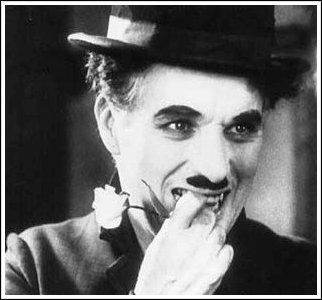
Mary Pickford
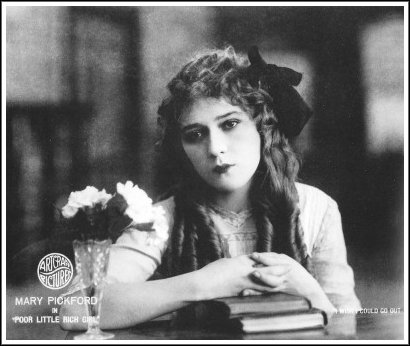
It was Dickson, in November 1890, who created an electric motor-powered camera called a Kinetograph. The Kinetograph used film which was 35mm wide and had sprocket holes to advance the film. However, most film makers preferred moveable hand-cranked cameras because motor-driven cameras were crude heavy, bulky and cumbersome.
About the same time Edison and Dickson also came up with a prototype sound and film system. But, it didn’t work very well because it was difficult to synchronize the sound with the film. They introduced the machine in 1895, but by that time better machines began to appear.
It soon became apparent; a place to show films publicly would be needed. The first Kinetoscope Parlor opened in NewYork City on Broadway in April 1894, and for the first time, commercial movies, became a reality. For 25 cents patrons could watch movies, albeit loaded in five kinetoscope machines.
However, the world's first public demonstration of moving films was in May of 1893 at the Brooklyn Institute of Arts and Sciences conducted by Edison. The 34-second film was titled Blacksmith Scene, and featured three people acting as blacksmiths.

Harold Llyod "Safety Last"
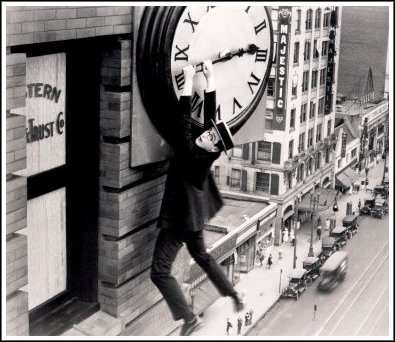
Lon Chaney "The Phantom"
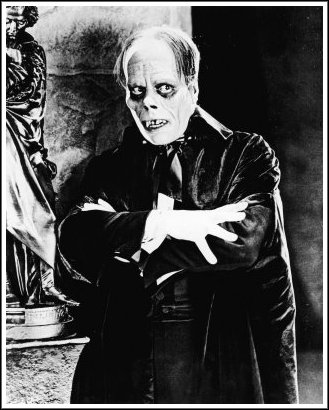
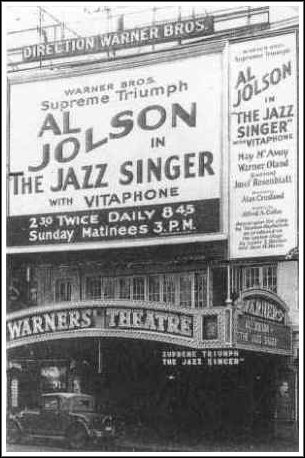
In the beginning, most people considered films a novelty, but by 1900, films less than a minute in length were being shown in the U.S. and abroad. Movie houses called "Nickelodeons," where short films could be seen for a nickel, began to spring up. These short films were also called one-reelers and they were only 10-12 minutes in length.
But, as their popularity grew, motion pictures became recognized as an art form and their length gradually increased to four-reel feature-length films. Most early silent films were dramas, epics, romances or comedies and were accompanied with an orchestra, organist or pianist to backup what was being shown on the screen. Some even had live actors and narrators. As their popularity soared, more extravagant theaters were built.
Unfortunately, many of the early classics have been lost to decomposing nitrate film bases, or accidental destruction.And many films were deliberately destroyed because they had little value before home video. But, in recent years, efforts to rescue surviving films have been launched to digitally restore them for posterity and enjoyment of future audiences.
Early films actors and actresses used pantomime. Dialogues were often shown for the audience to read, but were kept short and infrequent as possible so they wouldn't distract the audience.
Things started booming for the new industry in the early 1920s. Movies were big business. Most U.S. films at the time were produced in or near Hollywood, although some were still being filmed in New Jersey and Astoria on Long Island.
An amazing fact is the greatest production of feature films in the U.S. happened in the 1920s and 1930s averaging about 800 films a year. Today it is about 500.
By 1929, The Big Five emerged as the major giants in motion pictures. They were: Warner Brothers; Paramount; RKO; Metro-Goldwyn-Mayer and 20th-Century Fox. They produced over 90 percent of fiction films in the U.S. and also distributed their films abroad.
By the mid-1920s almost every town had at least one movie theater. Silent movie era stars included Lillian Gish, Clara Bow, Buster Keaton, Charlie Chaplin, Harold Lloyd, Mary Pickford, Douglas Fairbanks, Rudolph Valentino and scores of others. The two biggest silent movie stars were Douglas Fairbanks and Mary Pickford. Pickford became known as "America's Sweetheart.” She had been a child star, and had worked as a bit actress in 1909. Ten years later she was the first star to become a millionaire. She was married to Douglas Fairbanks, Sr.
Until the late 1920's, motion pictures had been silent and they had not been able to replace vaudeville as a major source of entertainment. That didn’t happen until after “talkies” entered the picture in 1926 when Warner Brothers and Western Electric, created a new sound-on-disc system. The first motion picture to have a pre-recorded score and synchronized sound effects was “Don Juan.” Although it was a boxoffice hit, many studios didn’t believe talking movies would ever replace silent films.
However, that all changed with the release of "The Jazz Singer" in October of 1927. Hollywood quickly got the message.







